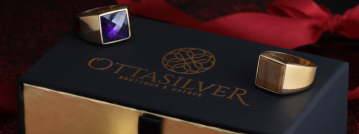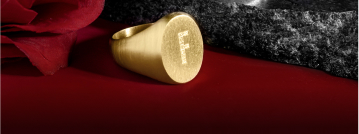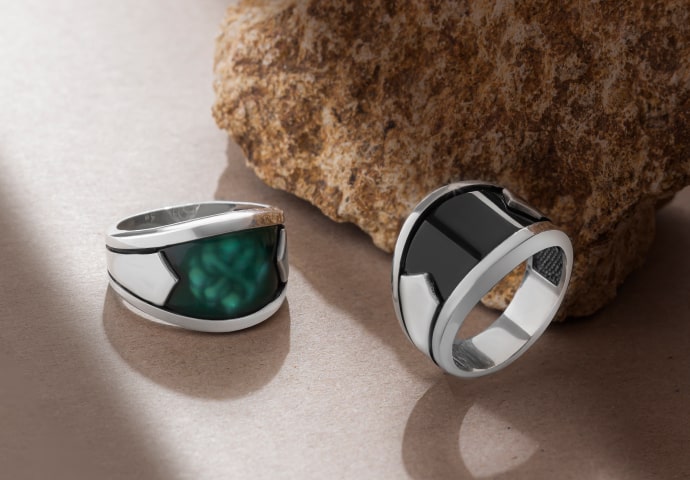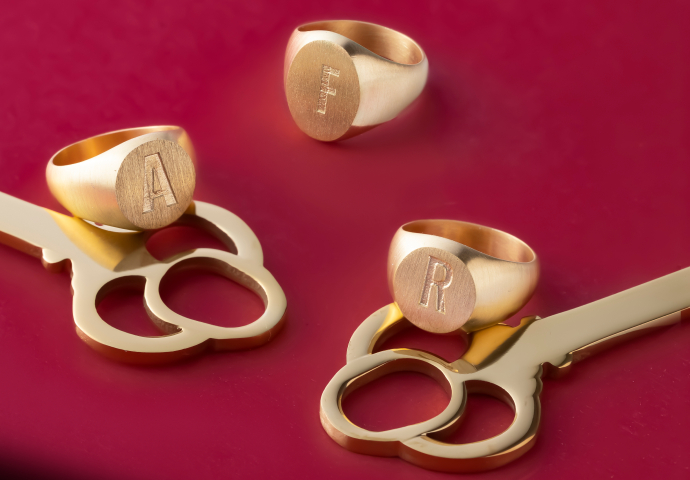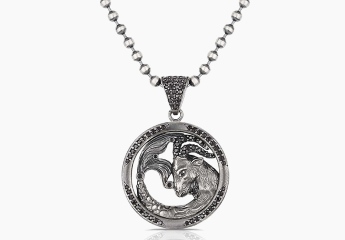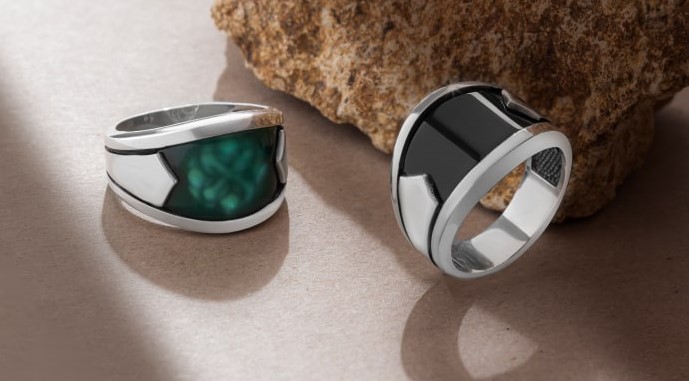
Turquoise Stone in History
The turquoise stone belongs to the phosphate mineral family, consisting of hydrated copper, phosphate, and aluminum minerals.
One of the most valuable non-metal and non-transparent gemstones in the jewelry market, turquoise with its pure color and wonderful pattern has been prevalently utilized in building decorations and jewelry trade throughout history.
The mining of turquoise stone dates back to Ancient Egypt, Egyptians believed that turquoise stone was a powerful source of protection. So it was often found in Egyptian tombs to protect the person through his or her journey to the afterlife. People of Ancient Indus were wearing turquoise stone as beads, pendants, bangles, and bracelets. It is also been used as an ornament in facade decorations of ancient structures in Egypt and India. Turquoise is one of the 43 different kinds of stones that compose the Taj Mahal, the white-marble mausoleum built by Mughal Emperor Shah Jahan for his beloved wife after her demise. Persians believed that turquoise gemstone was a symbol of heaven on earth. A Persian legend suggests that turquoise crystal brings good luck when it reflects the light of the new moon.
Turquoise Stone in Our Day
Turquoise is the French word for ‘Turkish’; this word became well-known across the world thanks to the routes of the ancient Silk Road which introduced Turquoise stone from Anatolia to Europe. Today the turquoise stone is extensively used in jewelry, and various types, and colors of silver turquoise stone men's rings and other accessories such as bracelets, and pendants are available in the market. Turquoise stone may be webbed and mottled or perfectly uniform. The pure form of a turquoise stone with evenly distributed color is very hard to find.
Who Should Wear Turquoise Stone Rings?
Turquoise stone ring is the perfect accessory for professions requiring higher levels of verbal ability; ENT Doctors, speech therapists, vocal coaches, singers, auctioneers, and radio and television hosts should wear turquoise stone rings to increase oxygen and their blood.
Drinking enough water regularly is important for both mental and physical health; the turquoise stone ring can serve as your daily reminder to drink sufficient water for your brain to function ordinarily. Turquoise stone is usually used with sterling silver in rings and goes well with grey, black, white, and parrot green colors.
In general, turquoise gemstone accents any outfit. You can team up your clothes with Turquoise stone rings to form a gorgeous harmony.
Turquoise Stone Zodiac Signs
The turquoise stone is the birthstone of the Sagittarius zodiac sign and is associated with success, happiness, and prosperity in life for people with a Sagittarius personality.
Benefits of Turquoise Stone Rings such as Emotional, Physical, and Psychological.
Emotional Benefits of Turquoise Stone Rings
Turquoise gemstone is incredibly powerful for the control and healing of emotions. It supports your emotional balance, helping to overcome emotional traumas that have been suffered in the past. The turquoise ring is an appropriate choice for patients in the recovery process.
Physical Benefits of Turquoise Stone Rings
Turquoise stone alleviates the symptoms of rheumatism, provides immunity against viral infections, and heals stomach problems by neutralizing over-acidity. It increases the strength and efficiency of muscles, relaxes cramps, and has detoxifying and anti-inflammatory effects on the systems of the organism. The turquoise stone is also good for dealing with diseases related to the liver. Turquoise assists your respiratory system it is good for healing lung disorders.
Psychological Benefits of Turquoise Stone Rings
Turquoise is an excellent stone for psychological wellness. You can wear turquoise stone rings to prevent yourself from overreacting to unexpected daily events or unpleasant situations. It is helpful for healing personal issues such as exaggerated self-importance, an excessive need for admiration, and a lack of empathy.
Turquoise Stone Types
The natural turquoise stone is taken directly out of the mine and shaped without applying any additional chemical process. This kind of turquoise stone has the highest quality and value. Therefore, natural turquoise gemstone rings are more expensive with their splendid colors and patterns.
Stabilized turquoise, undergo treatment with water, wax, oil, epoxy, or another chemical to make it stronger and easier to cut. This process usually does not change the pure color of the stone, yet still affects its value.
Dyed and stabilized turquoises, these types of turquoise stones undergo a stabilization process that includes dye injection. Therefore, stabilized turquoise gemstone does not have the same pure color and pattern as natural ones. So manufacturers may use synthetic dyes to make it look like a natural turquoise gemstone.
Reconstituted turquoise, some forgers can mix ground-up fragments of leftover and low-quality turquoise with resin and make turquoise gemstone accessories from it. The reconstituted turquoise stone is easy to afford and lacks the natural beauty of other types of turquoise stones.
Turquoise Stone Ring Prices
Turquoise is a rare and valuable semi-precious gemstone. Considering the stone’s pure beauty and unique color, turquoise stone men’s ring prices are much cheaper than expected. The prices of Turquoise men's rings range between 49$ and 129$, depending on the quality of the stone and handcraft. There are a lot of beautiful kinds of Turquoise men's rings used with sterling silver such as Sleeping Beauty Turquoise with its pure color, Egyptian turquoise, Tibetan Turquoise, and Dry Creek Turquoise.

